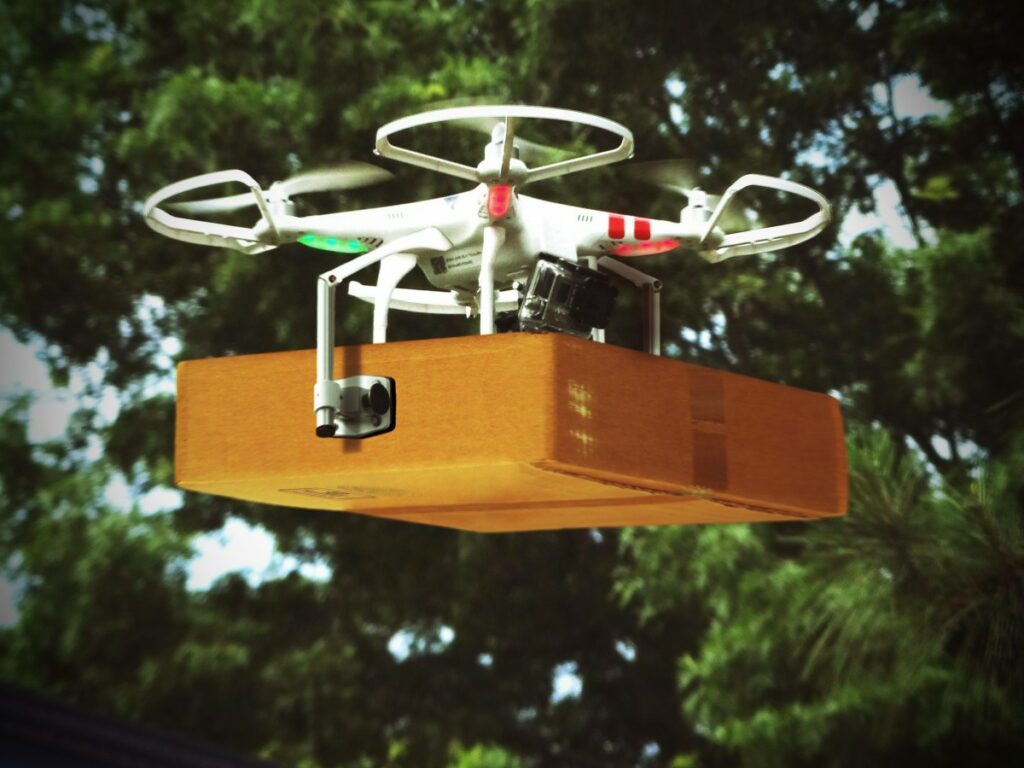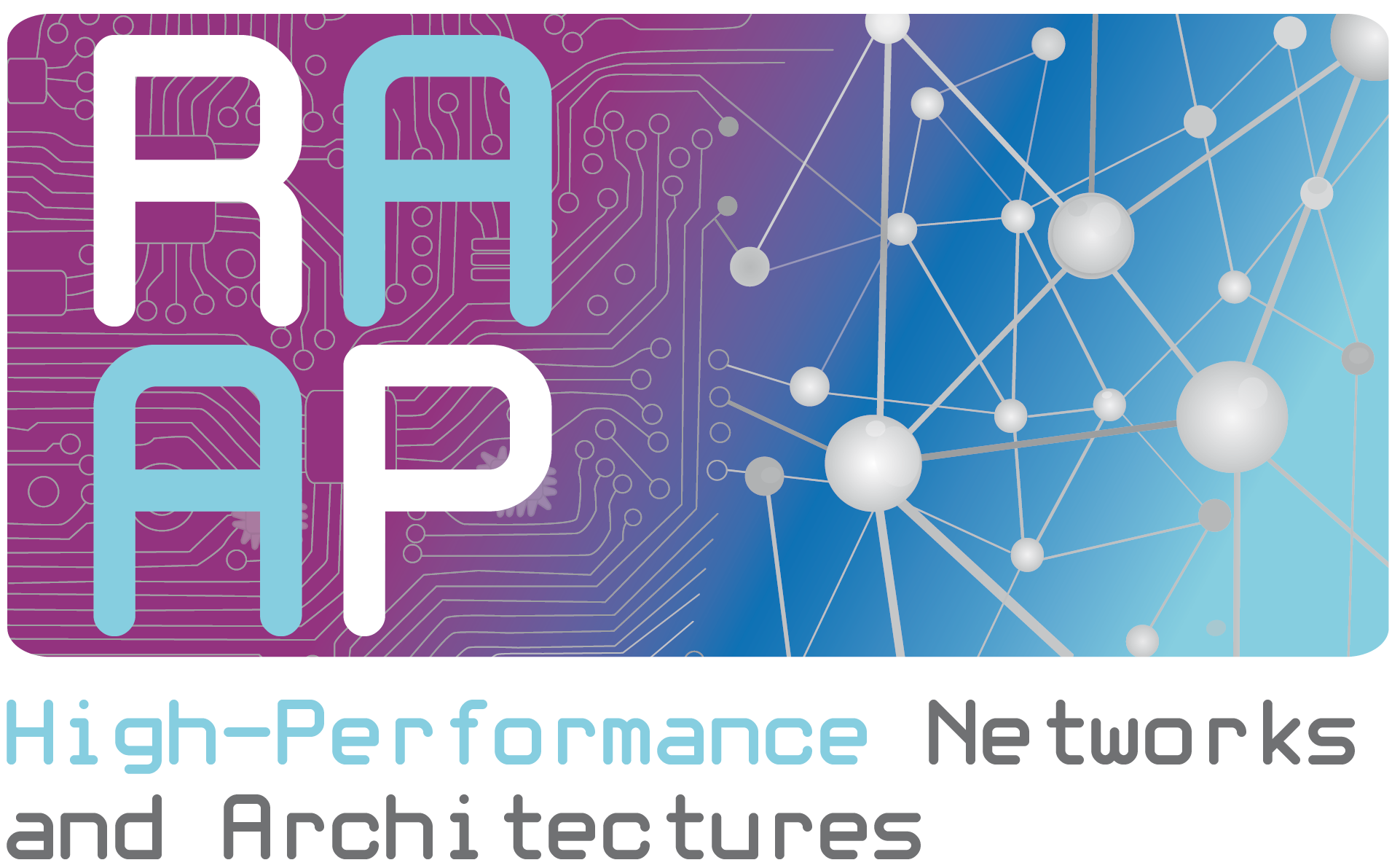Two lines of research are being pursued in this project. The main aim of the first one is to develop different avionics navigation systems that will allow the aircrafts to perform approach and landing manoeuvres in a more efficient way. For example, we will develop intelligent systems to anticipate the occurrence of a conflict (a loss of separation) between two aircraft in the approach flow. These systems could complement the traditional conflict-avoidance mechanisms already implemented aboard (like ACAS, Airborne Collision Avoidance System) and in the control tower. We will also provide new navigation solutions for missed approaches, with the aim of improving the standard manoeuvre to follow when the aircraft aborts the landing. The idea is to reinject the aborting aircraft in the landing flow as soon as possible. To achieve this, traffic must be sequenced in a particular way by the control tower. The availability of the new merge point system could help to achieve such sequencing.

The second research topic is related to the safe integration of unmanned aerial vehicles/systems (UAV/UAS) in future urban and metropolitan airspaces. A key aspect in the development of airspaces like the European U-Space or the American UTM is the avoidance of collisions. We will develop autonomous navigation algorithms for the resolution of conflicts (situations that could lead to a collision) between UAV. These algorithms must try to minimize the overhead produced by the deviations introduced in the path that the UAVs use to reach their destinations. Conflict management can be handled following a strategical or a tactical approach. Strategical approaches focus on the design of a set of conflict-free paths before the aerial vehicles take off, while tactical approaches solve conflicts during the fly.
